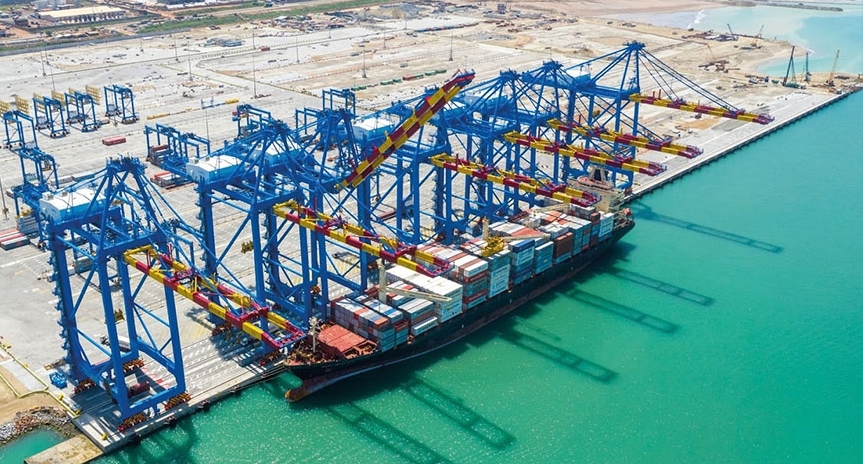Bolloré Ports launches Green Terminal label
Bollore Ports has launched the Green Terminal certification process, which aims to reduce the carbon footprint of its activities by using a precise methodology that covers all environmental issues.

- Bolloré Ports' Green Terminal label is based on eight fundamental pillars
June 07, 2021: Bolloré Ports has launched the Green Terminal certification process, which aims to reduce the carbon footprint of its activities by using a precise methodology that covers all environmental issues. A first in the port sector, this approach has been validated by Bureau Veritas.
Bolloré Ports' Green Terminal label is based on eight fundamental pillars:
- Optimised management thanks to an environmental management system based on the ISO 14001 standard
- An eco-social commitment to local stakeholders
- Building infrastructure in accordance with international standards
- Deploying environmentally friendly handling solutions and equipment that promote the energy transition
- Implementing digital solutions
- Collection, recovery and recycling of waste
- Water and air treatment and control, and
- Training employees in best practices related to environmental issues.
Starting this year, Bureau Veritas experts will support Bolloré Ports in the deployment of the label and will be responsible for carrying out annual audits to assess the environmental performance of its port terminals with a view to issuing a certificate of compliance.
"The Green Terminal label allows us to offer public partners and users of our terminals logistics solutions that are both efficient and eco-responsible. As part of this process, we also aim to accelerate our investments in alternative, greener and smarter solutions.” said Olivier de Noray, MD of Bolloré Ports and Terminals.
"We welcome this relevant and ambitious approach, which demonstrates the company's commitment to the environment and is perfectly in line with Bureau Veritas' DNA of responsible progress,” said Jacques Pommeraud, MD Africa, France and Government Services of Bureau Veritas.
As a player committed to the energy transition, Bolloré Ports is implementing various logistics, digital and multimodal solutions aimed at reducing urban congestion, improving the transportation of goods, and reducing the impact of its activities on the environment.


